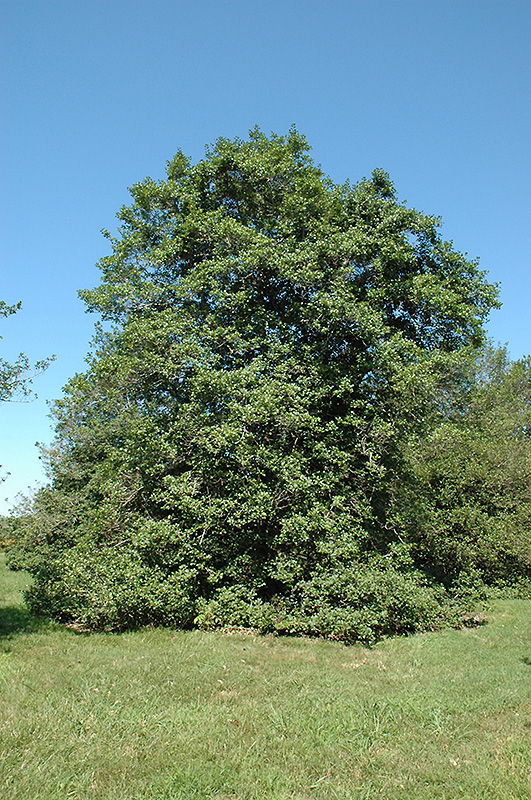|
|
|
| home | about us | loyalty program | products | directions | warranty | garden splendor ® | plant collector | landscaping | |
| Plant Finder | |
|
Carnival American Holly Ilex opaca 'Carnival' Height: 50 feet Spread: 40 feet
Sunlight:
Hardiness Zone: 4b Description: This faster growing, evergreen variety has spiny, dark green leaves and showy orange-red berries in winter; dense habit of growth; an excellent specimen plant for the home landscape, does best in evenly moist, acidic soils Ornamental Features Carnival American Holly is primarily grown for its highly ornamental fruit. It features an abundance of magnificent orange berries from mid fall to late winter. It has dark green evergreen foliage which emerges green in spring. The spiny oval leaves remain dark green throughout the winter. Landscape Attributes Carnival American Holly is a dense evergreen tree with a strong central leader and a distinctive and refined pyramidal form. Its average texture blends into the landscape, but can be balanced by one or two finer or coarser trees or shrubs for an effective composition. This tree will require occasional maintenance and upkeep, and is best pruned in late winter once the threat of extreme cold has passed. It is a good choice for attracting birds to your yard. Gardeners should be aware of the following characteristic(s) that may warrant special consideration;
Carnival American Holly is recommended for the following landscape applications;
Planting & Growing Carnival American Holly will grow to be about 50 feet tall at maturity, with a spread of 40 feet. It has a low canopy with a typical clearance of 3 feet from the ground, and should not be planted underneath power lines. It grows at a fast rate, and under ideal conditions can be expected to live for 80 years or more. This is a female variety of the species which requires a male selection of the same species growing nearby in order to set fruit. This tree does best in full sun to partial shade. It requires an evenly moist well-drained soil for optimal growth, but will die in standing water. It is very fussy about its soil conditions and must have rich, acidic soils to ensure success, and is subject to chlorosis (yellowing) of the foliage in alkaline soils. It is somewhat tolerant of urban pollution. Consider applying a thick mulch around the root zone in winter to protect it in exposed locations or colder microclimates. This is a selection of a native North American species. Characteristics
Applications
Features & Attributes
|
|
